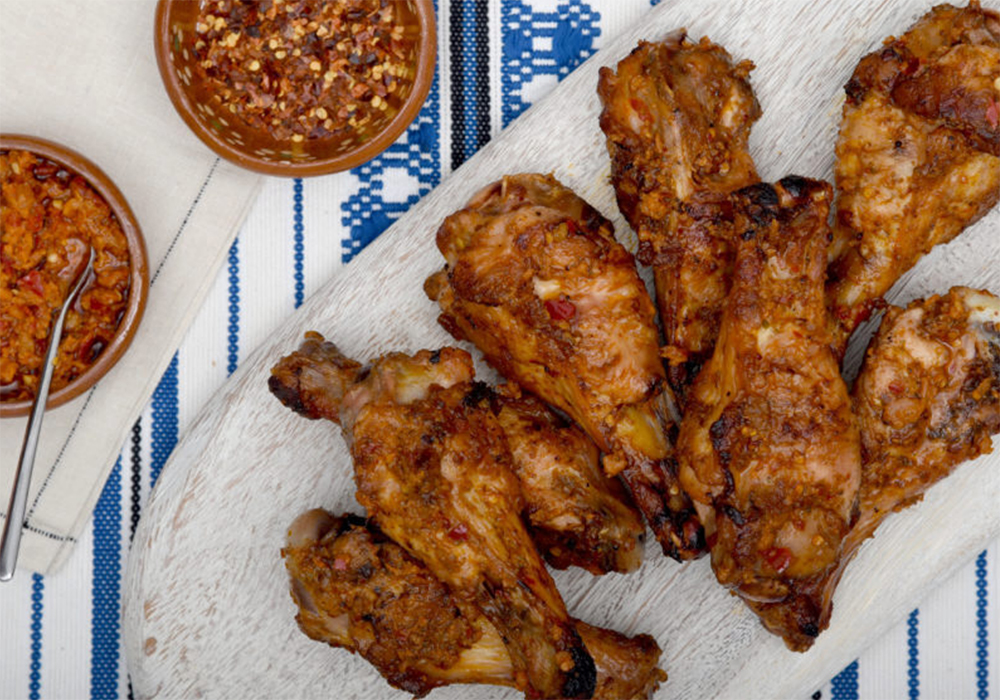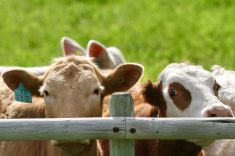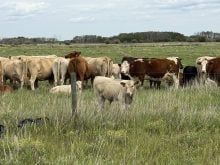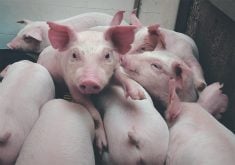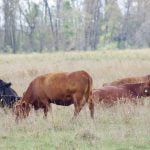This summer, while eating a hot dog, a seven-year-old boy in my neighbourhood paused, looked up at the four adults at a birthday party and said, “what you really want is turkey.”
The adults laughed at his joke — a reference to billboards and a national advertising campaign encouraging Canadians to eat more turkey.
In May of 2019, Turkey Farmers of Canada launched Think Turkey — a five-year promotional effort to boost turkey consumption, including billboards, TV ads, digital engagement and working with online influences.
The goal was to “show Canadians that turkey is a delicious, everyday choice to feed their families and one that supports our local farmers,” said Darren Ference, Turkey Farmers of Canada chair, at the beginning of the campaign.
Read Also
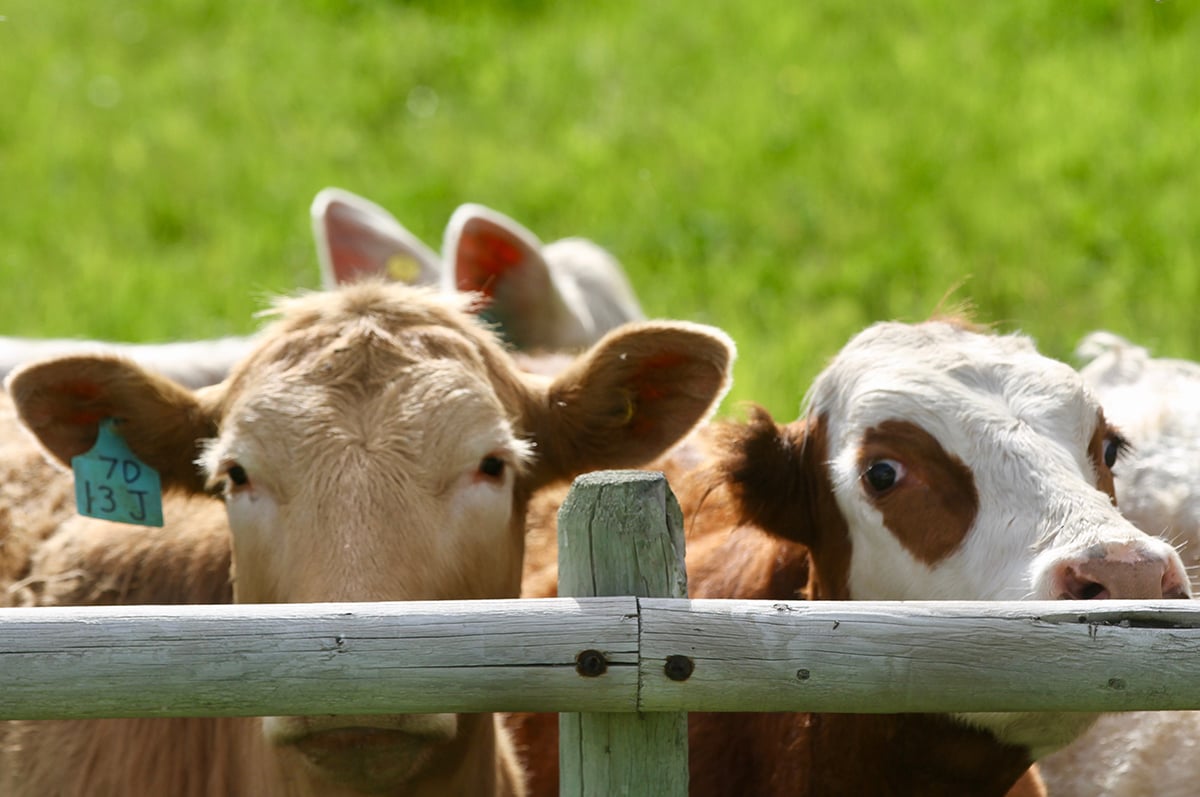
Feeder market consolidates at historic highs
For the week ending Sept. 6, Western Canadian feeder cattle markets were relatively unchanged compared to seven days earlier.
The advertising convinced at least one Canadian, a seven-year-old in Manitoba, to think more about turkey. But what about the remaining 37.5 million Canadians?
“We’re pleased,” said Phil Boyd, Turkey Farmers of Canada executive director.
“TFC and our provincial board members and the downstream, our buyers, we’re pleased with how the campaign has unfolded.”
It’s difficult to gauge the impact of the ad campaign during a pandemic because COVID-19 has had a gigantic impact on the food sector. Consumers are eating more at home and going less to delis, where they often choose turkey on rye bread.
“The interruption to food service has been really significant. That’s not just (for) our protein, that’s across the food industry,” Boyd said. “The deli counter is an excellent vehicle for turkey sales.”
Despite the closures of delis and sandwich shops operating at half capacity, data suggests that turkey meat sales have been relatively strong.
“There appears to be a sustained increase in the breast meat category and ground turkey sales and ‘other’ category such as drums, thighs, wings and franks,” a Turkey Farmers of Canada representative said in an email. “This could be attributed to a combination of campaign timing and changes in consumer shopping habits due to COVID.”
Complicating matters, Turkey Farmers of Canada and its partners changed parts of the campaign on the fly to adjust to the realities of COVID-19.
Learn how to ⏰save time at supper and pack a nutritious school lunch that your kids will actually eat with this grill once, eat twice strategy. #ThinkTurkeyhttps://t.co/Ji1lblp3Rh pic.twitter.com/9f9s3EOg8j
— Turkey Farmers of Saskatchewan (@SaskTurkey) September 21, 2020
They created a charitable entity, the Wishbone Project, and donated money to Kids Help Phone and 4-H Canada to support mental health programs for Canadian youth.
Thanksgiving is a critical holiday for turkey producers because a large percentage of sales happen in early October. Smaller gatherings, because of the pandemic might affect turkey sales.
Or, Canadians might really crave turkey at Thanksgiving, because they want a return to normalcy.
“Turkey has traditionally been the centre of the table for family gatherings,” Boyd said.
“That kind of tradition, from what we can tell, will continue and maybe even become more important to people.”
For more information on the Think Turkey campaign, go to www.canadianturkey.ca


